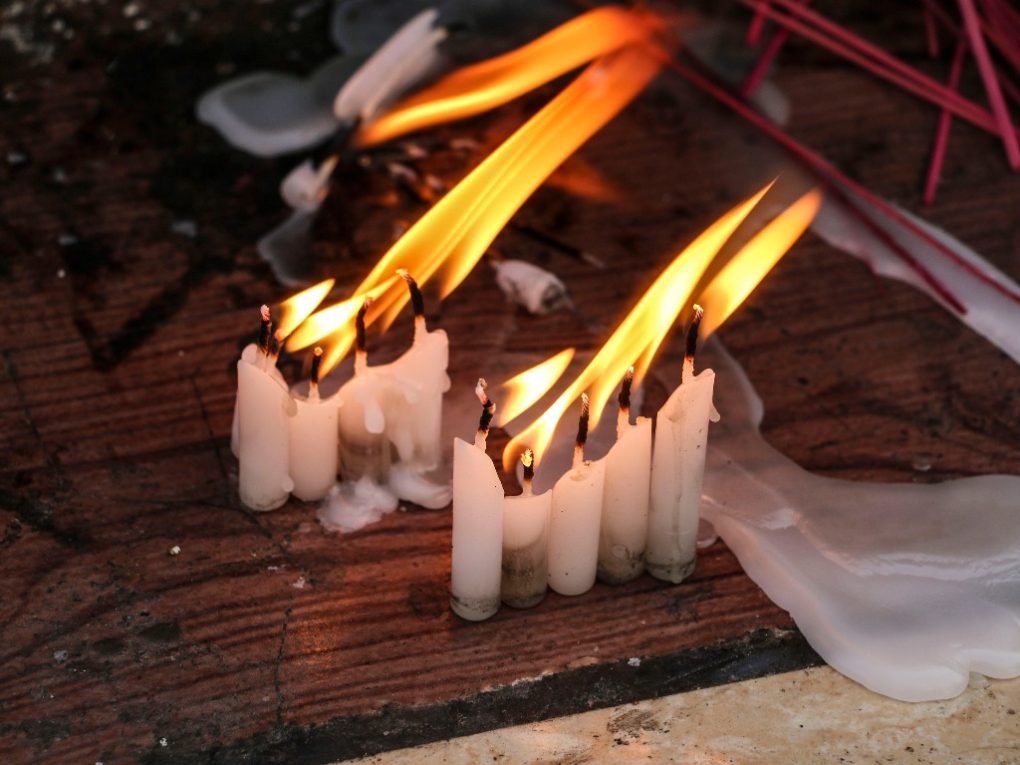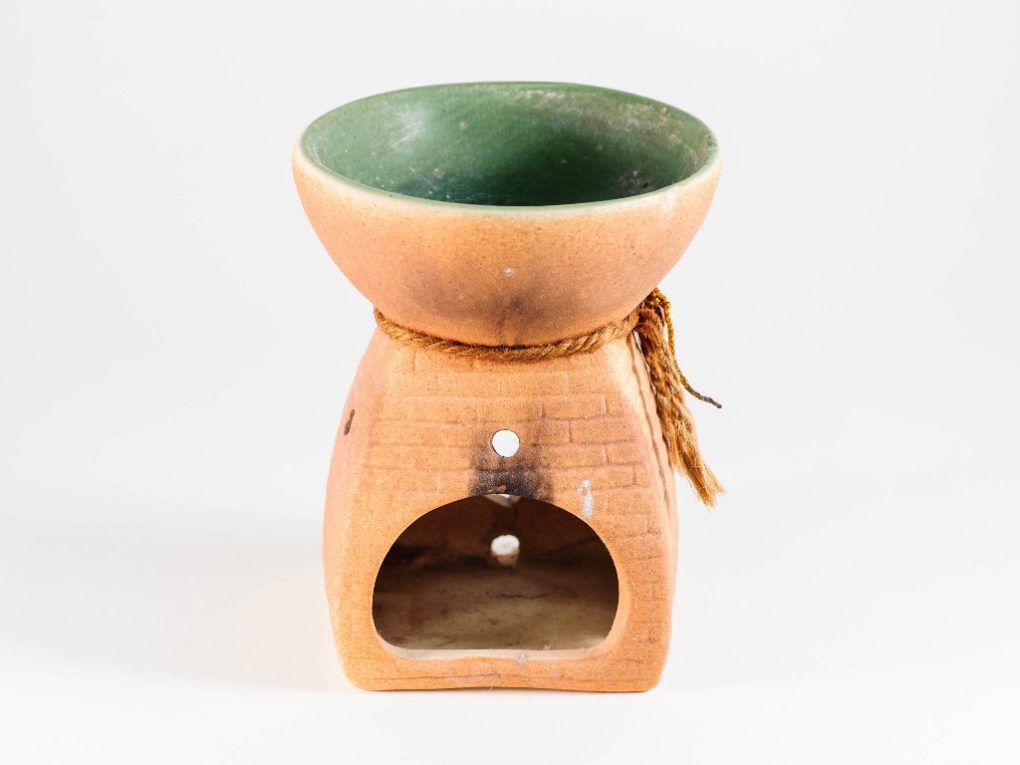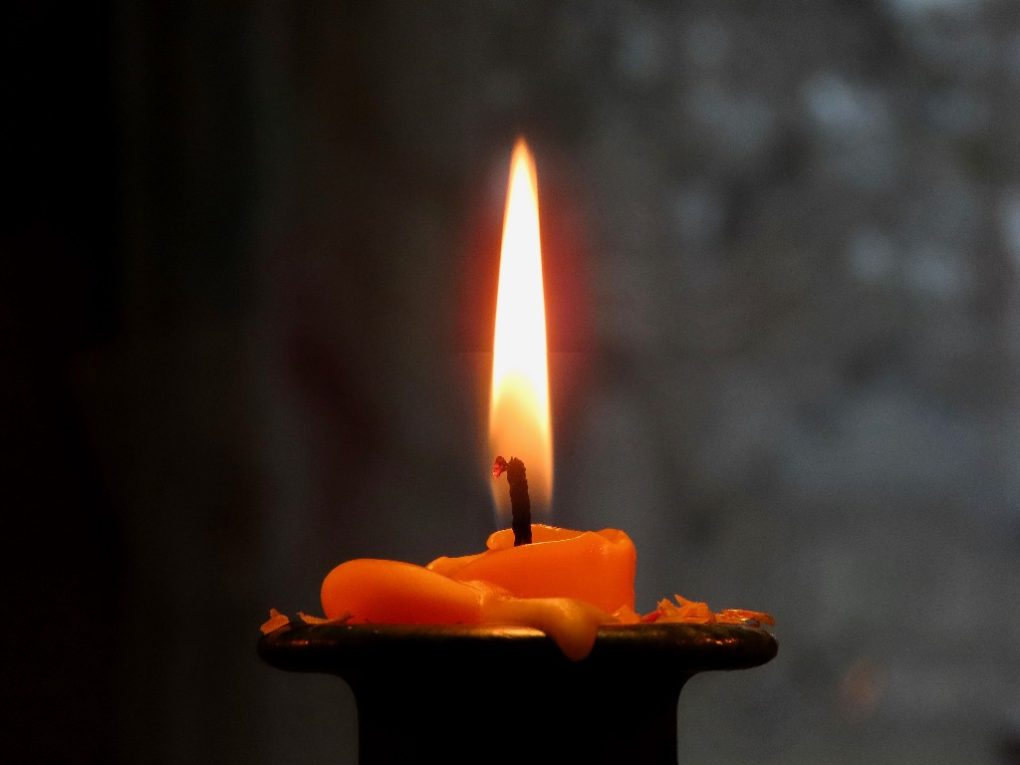Candles are often used to set a mood or create a relaxing space. However, burning them for too long can be harmful. An extended burn time can distort the wick, leading to an uneven flame. Burning a candle too long can cause issues like:

Risks of Burning a Candle for Too Long
fire Hazard
The National Fire Protection Association warns that extended candle burning elevates fire risks. This is notably dangerous on wood surfaces. As a candle burns, carbon builds up on the wick, forming a mushroom shape. This can enlarge the flame to unsafe sizes and cause wax tunneling. Direct flame contact with the container could ignite it.
Overheating and Cracking of Glass Holders
From practical observation, extended candle burning can lead to glass holder overheating and cracking. The candleS heat transfers to the glass, causing expansion. If the glass can’t withstand this expansion, it may crack or shatter. This poses a risk, possibly spilling hot wax and initiating a fire.
Black Soot and Smoke
Overburning candles generates black soot and smoke. Carbon buildup on the wick makes the flame erratic. This soot stains walls, ceilings, and furniture, and it impairs breathing. The smoke also contains harmful toxins for people and pets.
Adhering to the candle maker’s instructions is key to staying safe. Most brands advise burning candles for at least one hour, but no more than four hours at once.
Always supervise burning candles. Place them on stable, heat-safe surfaces or coasters. Extinguish candles by gently dipping the wick into the melted wax using a wick dipper. This prevents smoke and wax splatter, unlike blowing or using a snuffer.

Tips to Prevent Burning a Candle for Too Long
Trimming the Wick
Regular wick trimming helps avoid excessive candle burning. A lengthy wick accelerates burning, causing unevenness and tunneling. Before lighting, trim the wick to 1/4 inch using scissors or a specialized trimmer. this ensures even burning and extends the candle’s lifespan.
Using a Candle Snuffer
Using a candle snuffer is another effective method to prevent burning candles excessively. Blowing out candles can displace the wick and splatter wax, reducing the candle’s lifespan. A candle snuffer safely extinguishes the flame without disturbing the wick or wax. Simply place the snuffer over the flame and wait for it to extinguish.
Use a Proper Candle Holder
Employing a suitable candle holder is crucial for safe candle burning. A well-designed holder matches your candle’s size and shape. This prevents tipping and reduces fire risks. Here are tips for selecting the right candle holder:
Extinguish the Candle Before It Burns Too Low
Always put out a candle before it burns too far down. This simple safety step stops the container from getting too hot and possibly cracking or breaking. When a candle reaches its base,ther might not be enough wax left to soak up the flame’s heat. This can lead to overheating, which could break the container or even start a fire.
To avoid potential hazards, it’s best to put out the candle when only about 1/4 inch of wax is left. Check the candle’s label for specific guidance.

Keeping Candles Away from Drafts and Flammable Objects
Always set candles on steady, heat-safe surfaces. keep them clear of breezes and anything that could catch fire.Airflow can make the flame dance and melt the wax unevenly, causing issues. Items like drapes and paper can ignite if too close. Maintain a 12-inch safety zone around candles.
Use these easy tips to avoid over-burning candles. Enjoy a safer, longer-lasting candle experience.
